
Marathon to save the Aberdare by community and WWF wins 100 hectares
One of the trees that was burnt in the February 2022 forest fire at the Abardare forest. Efforts by the community and WWF have lead to the rehabilitation of more than 100 ha of forest land. Photo by Jonah Njoroge Muriithi
By Pierra Nyaruai
Approximately 152 kilometers from the robust Kenyan capital Nairobi, lies the Aberdare Range. The UNESCO world heritage site, formerly known as the Sattima Range, the 160 km mountain range straddles across four counties: straddles Nyandarua, Kiambu, Nyeri, Muranga, Laikipia and Nyeri. Tucked in this gem 120 feet tall cedars, which grow up to an estimated 300-year-old, an immortality aspect that makes it hot cake for illegal loggers. One of the most important water Kenyan towers, the ranges also boast as the home for the rare and endangered mountain bongos, a rare attraction for local and international tourists. An amazing feeling is drinking from the streams that flow into the different rivers across the ranges. As it is, the range creates an ecosystem that plays a pivotal role in Kenya’s environmental and climate system.
Kenya Wildlife Services points out that the forest provides water for most of Kenya and a home for habitat for olive baboons, elephants, bushbucks, black rhinos, leopards,black-and-white colobus monkeys, buffalos, warthogs, and spotted hyenas. It also has documented sightings of the giant forest hog, bongo cat, golden cat, serval cat, African wildcat, African civet cat, and blue duiker and is home to 250 species of birds.
Despite the beauty, the ranges have become an attraction to forest fires, with the latest being one that razed for two days in February this year, and by the time it was contained, more than 550 hectares had been destroyed. Various explanations have been fronted for the various wildfires that the ranges have faced, including rhino poachers and illegal bee keepers.
For instance, the Robbo people, honey collectors by nature, scour forests in search of natural hives that are located in old trees. The mostly use smoking the tree stumps where the hives are to chase out the bees. The downside to using this method is that sometimes, the honey collectors leave embers in the hives, which then smolder and ignite into flames. In the dry season, which is when the fires happen a lot more, these flames end up spreading around and causing massive forest fires.
In a desperate attempt to restore the forest back to its glory, World Wildlife fund (WWF) and the local community embarked on a marathon to restore it to its original glory. Under the shamba system, the farmers have been invited to be part of saving the forest. The WWF has made efforts to aid in rehabilitating the forest, including providing platforms for people to learn proper beekeeping. Beekeepers from the community have learned how to build proper beehives, lure the bees, and harvest honey without burning half the forest down.
According to the Chairman of the North Kinangop Community Forest Association Peter Muriuki Murage, teaching the community about sustainable beekeeping is a great option for income streams for the community members.
“We have managed to help them set up hives in the forest areas they can easily access. By practicing beekeeping, they can save the bees and have a sustainable source of income.”
Stephen Muriuki, one of the beneficiaries, merged the course on bee keeping with his woodwork career, making it possible to utilize both skills for the benefit of his farming career.
“We were able to craft beehives that we have distributed in the forest. Some of them are yet to get any colonies but when they do, we will have a big honey business.”
The organization has also worked closely with community groups and the Kenya Forest Service (KFS) to help rehabilitate the forest by helping set up nurseries and buying tree seedlings from them later. The seedlings include indigenous trees like the African rosewood and cedars, which take decades to mature. Through this combined effort, at least 100 Hectares of the burnt forest have been rehabilitated. This has gone a long way in reclaiming the forest areas that were lost in the massive deforestation that happened between 1974 and 1990.
Victor Kagutbey, a forest manager with the Kenya Forest Service at the North Kinangop Forest Station has commended these efforts. “With a flourishing forest, communities can enjoy the benefits. Women can collect firewood; livestock can have an endless source of food and we are in talks with the government to have tourist activities incorporated to increase income streams.”
The rehabilitation of the Aberdare Forest Landscape is a part of the African Forest Landscape Initiative, a project that aims to rehabilitate more than 100 Million acres of destroyed land in Africa by 2020.

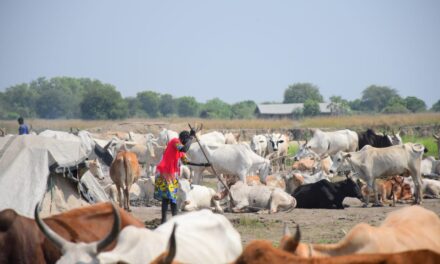

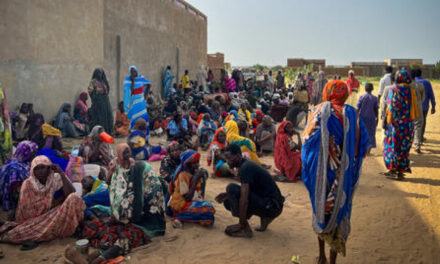

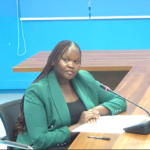
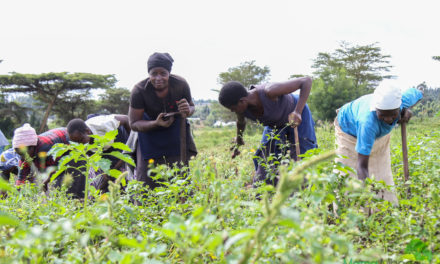
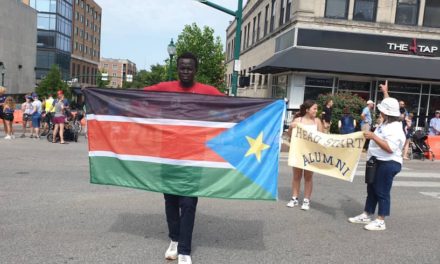

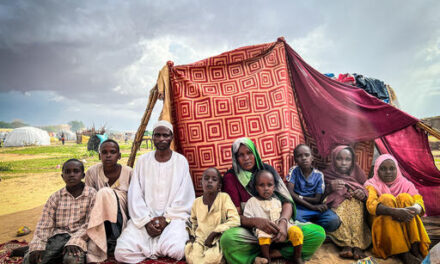
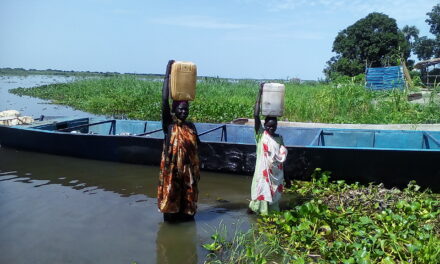
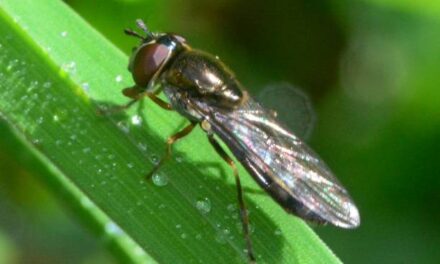





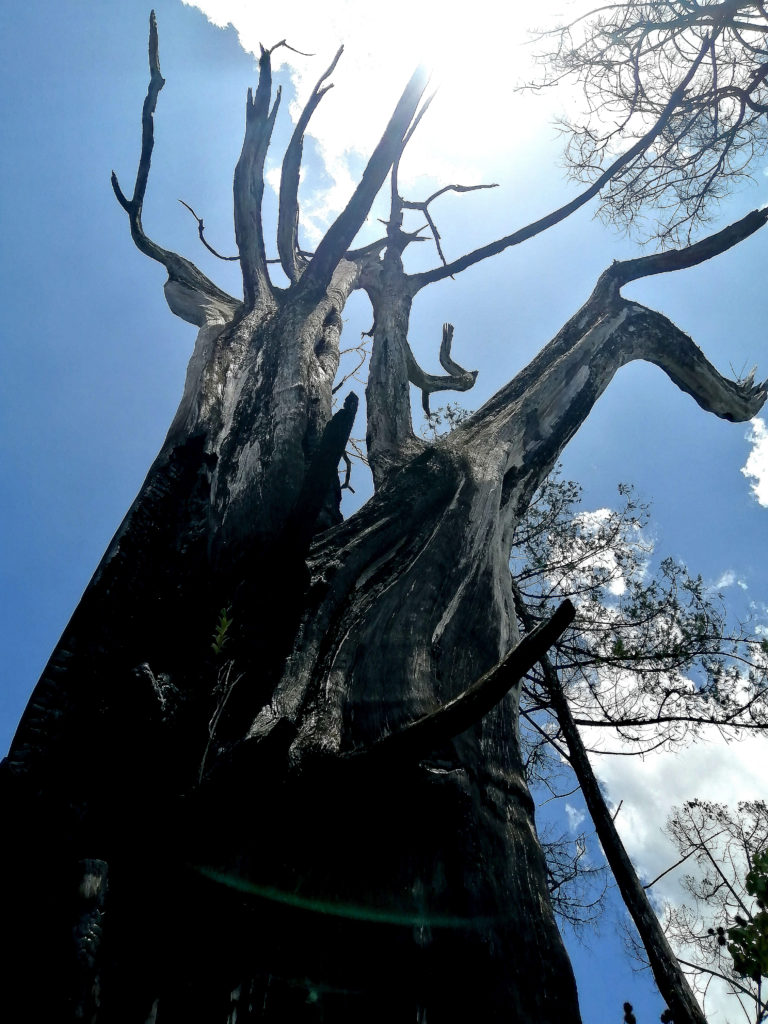




Recent Comments